Why Visiting Senegal Should Be On Your Bucket List
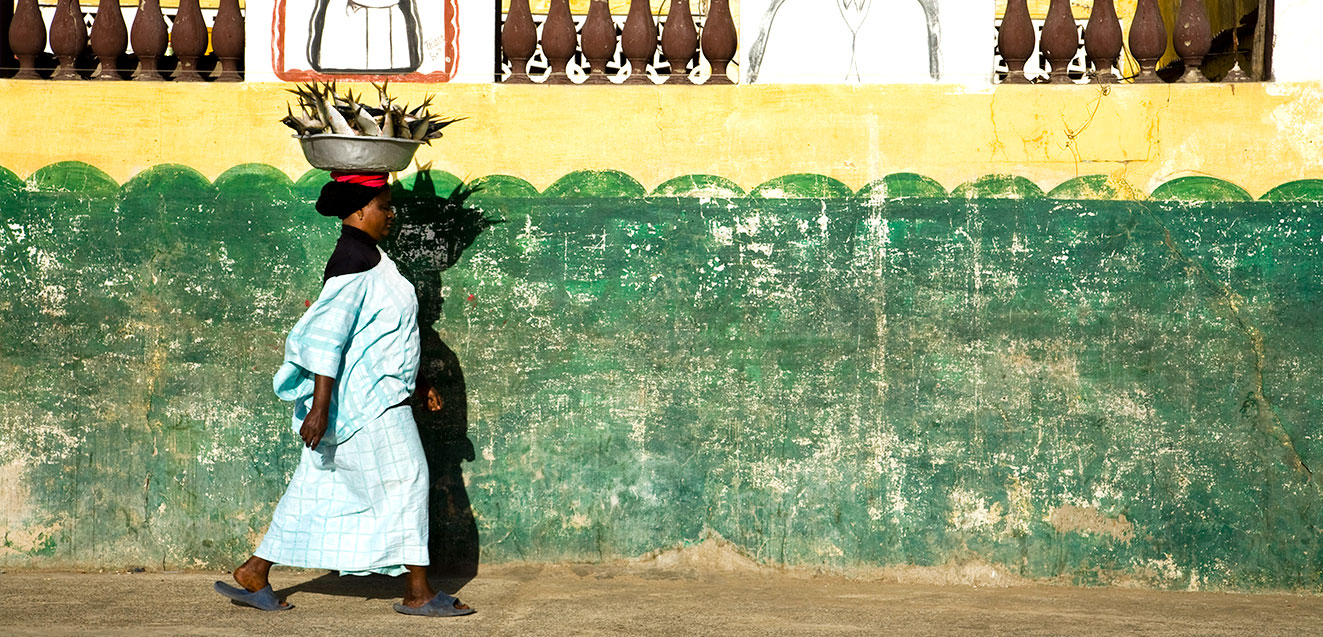
Known as the “Gateway to Africa,” Senegal is the westernmost country on the African continent, a place of diverse ecological landscapes, quiet fishing villages, and vibrant cities, brimming in both African heritage and colonial history. It’s a country with a stable democracy, and one that welcomes travelers with open arms—but is not overrun with tourists. On our recent trips to Senegal, we at GeoEx have gotten to experience firsthand the many qualities that make this place so special, and one worth visiting now. From its role in the glory days of aviation to its humbling “Island of Slaves,” we’ve highlighted our top five reasons visiting Senegal should be on your bucket list!
Its Dazzling Capital
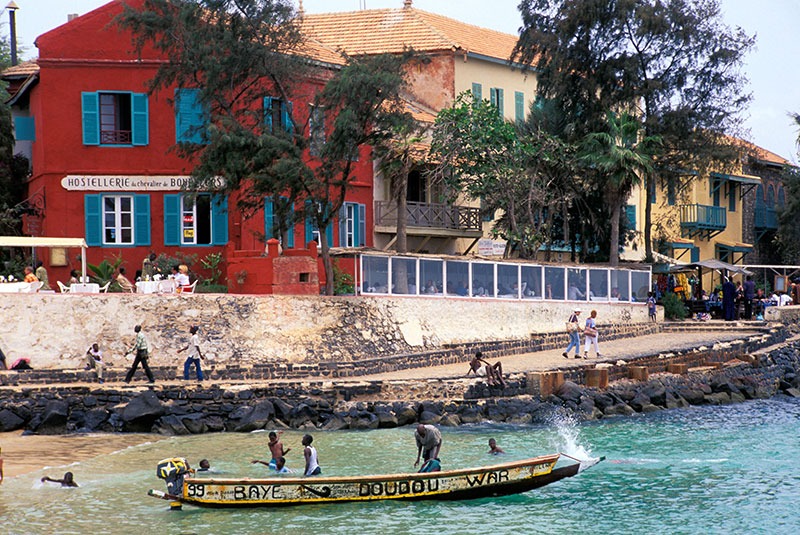
As Senegal’s largest city, Dakar is full of surprises. One minute you’re watching surfers catch waves on one of its many beaches, the next you’re watching a shepherd herd his flock of goats across a busy road, competing for space with some of the brightly painted minibusses seen everywhere in this bustling metropolis. It’s a city surrounded by desert, dotted with palms, and still sporting much of the colonial architecture from its days under French rule. But where the nightlife is hopping—and you can find yourself dancing to the homegrown beats of mbalax, a musical style blending traditional Senegalese sabar music with everything from western jazz to rock—every night of the week. Restaurants serve up dishes like yassa, spicy comfort food made with fish or chicken and onions, and, like most local foods, is eaten by hand; a traditional médina is filled with colorful street art by a range of emerging artists, and rooftop bars double as designer showcases.
We especially enjoyed exploring the IFAN Museum (Institut Francais d’Afrique Noire), housed in the 19th-century Fort d’Estrées on nearby Goree Island which features a collection of ritual masks, instruments, and clothing from across West Africa. And the renowned Village Des Arts, an art complex that brings together 40+ emerging and established artists—including painters, photographers, and ceramicists—who both create and showcase their works on site.
A Humbling History
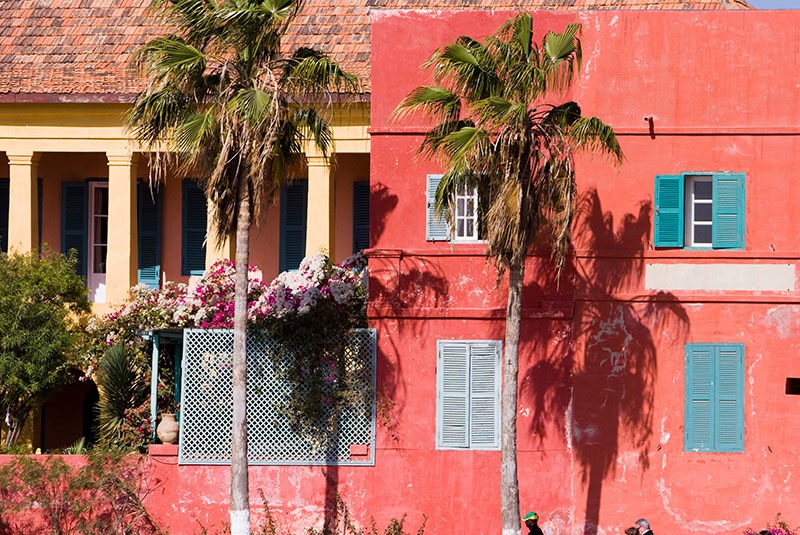
The Gambia River, which runs through Senegal, played a large role in the transatlantic slave trade, and the majority of slaves transported overseas came from both West and Central Africa. Just a 20-minute ferry ride from mainland Dakar is Gorée, a tiny isle with a big history. For approximately three centuries, Gorée Island served as a major slave-trading center along the African coast—a place where African men, women, and children were packed into windowless cells spread among nearly 30 slave houses before being sold and shipped away for life. Today, the UNESCO-listed island serves as a remembrance and reminder of this humbling past.
It’s incredibly moving to go inside Gorée’s La Maison des Esclaves (House of Slaves), the last remaining slave house on the island, and learn firsthand about some of the atrocities that took place here. Now operating as a museum, you can see iron shackles—the kind that were used to bind slaves—on display, and step into the damp, dark basement cells where so many slaves were held. But it’s walking through the “Door of No Return,” marking the spot where captured Africans stepped away from their homeland with no notion of what lay ahead, that will take your breath away.
French Colonial History
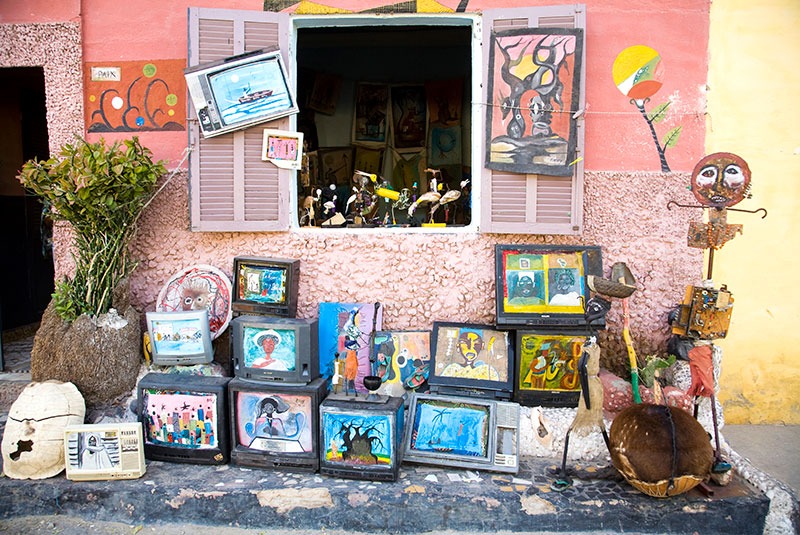
St. Louis is a must-stop on any trip to Senegal. Founded in the 17th century as a French colonial settlement and the capital of Senegal from 1872 to 1957, its history includes everything from the spice trade to being a key stop on the European to South America Aeropostale route between France and its colonies. In fact, Antoine de Saint Exupéry, famed French aviator, and author of The Little Prince was based here (and you can learn more about him at the city’s Musée Jean Mermoz). The city stands apart from other places in West Africa with its distinct look and identity: stretching across two large islands that sit between the Senegal River and the ocean. It’s sometimes called “The Venice of Africa,” though still maintains its French colonial vibe. Hop aboard a horse-drawn buggy—still a popular form of local transport—or pack inside a calash (colorful mini-bus) to check out the city’s “Creole Atlantic” structures (think New Orleans or Cartagena). Though crumbling in parts and their colors faded, they hold the stories of a fascinating past.
The city’s also a vibrant cultural hub and home to numerous festivals, including the internationally-renowned Saint-Louis Jazz Festival in May.
Diverse Natural Landscapes & Local Culture
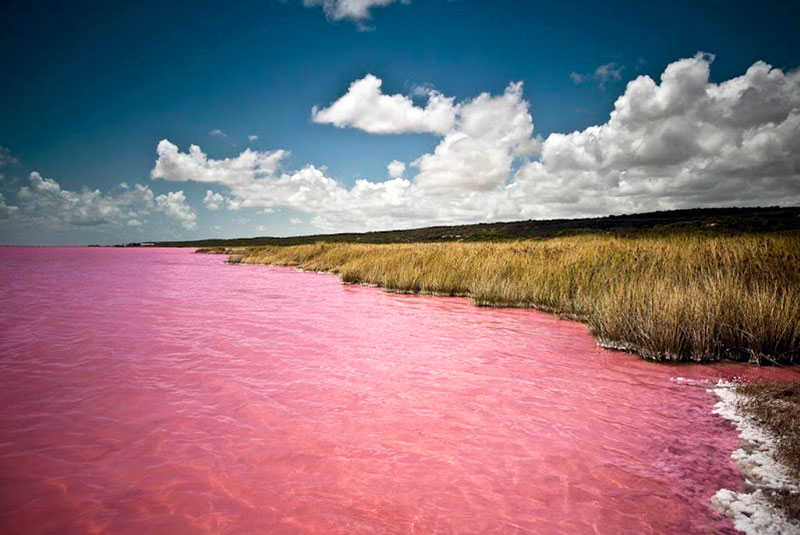
Senegal is geographically positioned where the savannah and the Sahara meet, offering an entirely unique view of Africa’s incredibly varied landscapes. We’ve visited spots like Langue de Barbarie, a long, thin stretch of tidal wetlands, mangroves, and sand dunes that are constantly changing, and often teeming with slender-billed gulls, royal terns, pelicans, spoonbills, and even flamingos depending on the time of year. It’s also home to the critically endangered hawksbill turtle. At Lac Rose, we’ve floated in vibrantly pink-hued waters that are 10 times saltier than the ocean, thanks to a high concentration of minerals, while sand dunes rose all around us. As far as local culture goes, you’ll find it everywhere. There are makeshift fisherman villages filled with thousands of brightly painted pirogues, a type of local handcrafted fisherman’s boat, where you can dine on the catch of the day; and settlements of semi-nomadic Fulani people who will welcome you with their crafts, trades, and traditions.
Get Off the Beaten Path
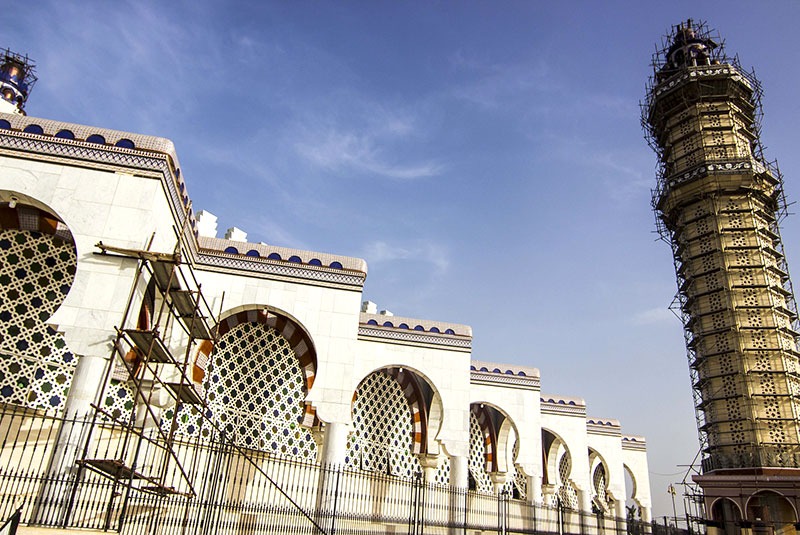
In Senegal, you can still find places undiscovered by tourists. Take Touba, Senegal’s holiest city. This sacred town about 114 miles inland from Dakar is headquarters for the Mouride Brotherhood, a peaceful order of Islamic mysticism that makes up about 40 percent of the country’s total population, with more than 500,000 “Mourides” living in Touba alone. Life here centers around the Grand Mosquée of the Mourides, a massive white structure where the remains of Amadou Bamba M’backe, founder of both the brotherhood and Touba itself, reside.
Once a year, in accordance with the Islamic calendar, hundreds of thousands (sometimes millions) descend upon the city for an annual pilgrimage celebrating M’backe’s life and teachings, with local residents opening up their homes as lodging. The entire city partakes in days of religious rituals and festivities.
# # # # #
To start planning your adventure to Senegal or any of GeoEx’s other far-flung locales, give us a call at 888-570-7108.
I think this is an informative post and it is very useful and knowledgeable. therefore, I would like to thank you for the efforts you have made in writing this article.

